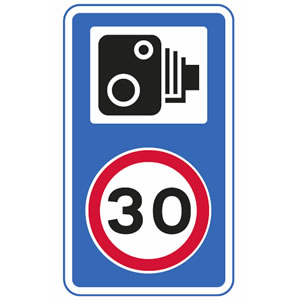Knowing the correct speed of the road can be crucial; to prevent injury to yourself and others, to keep a 'clean licence' (which can effect job opportunities) and to save you money by avoiding fines! In order to improve road safety speeding penalties have recently changed.
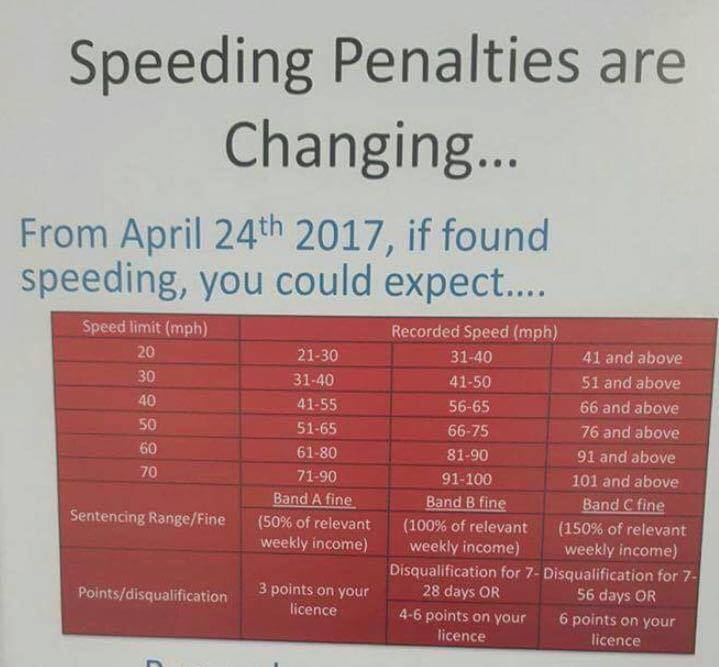
Once you have passed your driving test you are subject to 'the new driver act' whereby if you accumulate 6 points within the first 2 years of passing your will automatically lose your licence, no questions asked, you will then be required to re-pass you theory and practical test and the record will dramatically effect your insurance for the next 5 years, costing you thousands overall. So if you get caught speeding twice you will lose your licence.
Many may be thinking that this is very strict, doing 35mph in a 30 zone is only a bit over, I am not going to do much more that 35, so it is 'safe'. The below diagram shows the 'impact' speed if something were to jump out in front of the car at certain speeds.
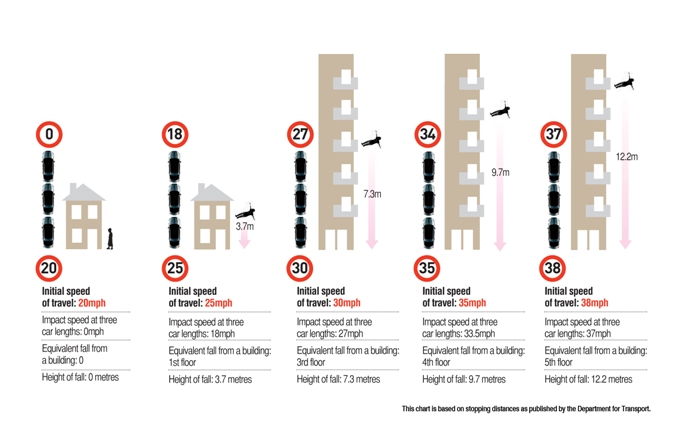
But why would someone be silly enough to run in fornt of me, surely they should know how dangeorus it is, shouldn't they?
Child runs out in front of traffic
Toddler runs out in front of traffic
But this would never happen to me, I have very good reactions. Well you can't fight the laws of physics, the faster you are going the longer it will take to stop, no matter how quick your reactions are, FACT. A child might not run in front of your car for years, but when it does and you are going doing 35mph in a 30zone and can't stop in time and severely injure, or even kill, that child, how long will it take for YOU to live down what YOU have done, if you ever live it down?
Enough with the doom and gloom! What can I do to drive safely and save people's lives by being able to stop in time?
Well sticking the speed limit is the obvious one, but how do you know what the speed limit is? Many people break the speed limit not through bad attitude but through lack of knowledge and awareness of the speed limits.
In order to work out a speed limit we must understand WHY speed limits are in place.
Speed limits are in place to prevent accidents and deaths on the roads. In general the higher the risk of the road and the more hazards the lower the speed limit. Note - a hazard is anything that could cause you, as the driver, to slow your speed, examples are: Pedestrains (Footpaths, Houses, Schools), Junctions (Incl. Roundabouts), Traffic Lights, Parked Vehicles.
Here are a few basic rules and examples of what certain speed limit roads look like:
1. Speed limits do not just change by magic; a new speed limit will ALWAYS be sign posted. These will typically when you approach a junction (incl. roundabouts) or when you enter a new road. So think look into the new road and up for speed signs, "Look IN and UP" and before entering a new road and think "New Road, New Speed".
Below are examples of speed limit signs as you enter a new road. Note - A CHANGE of speed limit sign would have two signs, one either side of the road and each being about a meter in diameter.
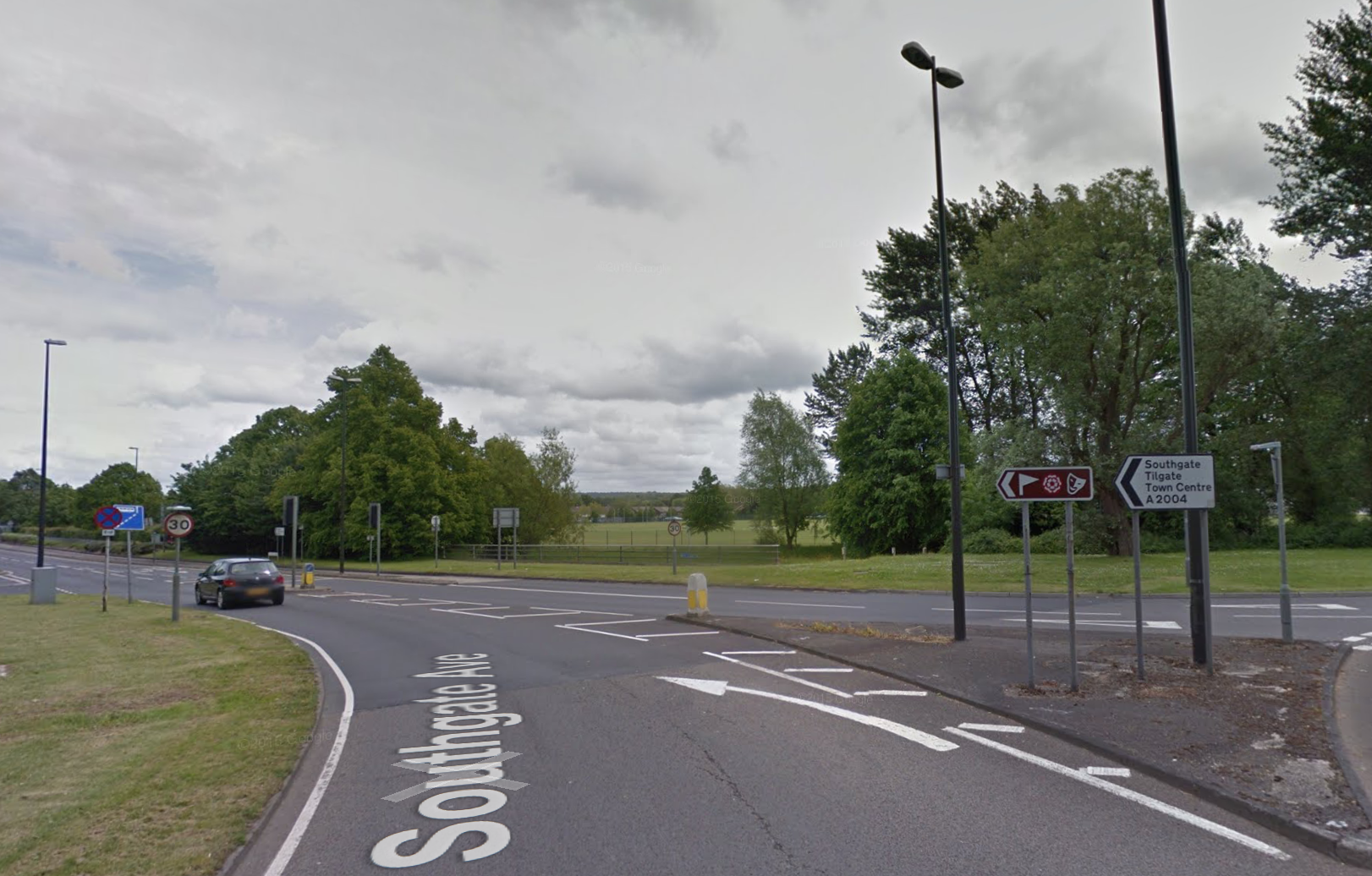
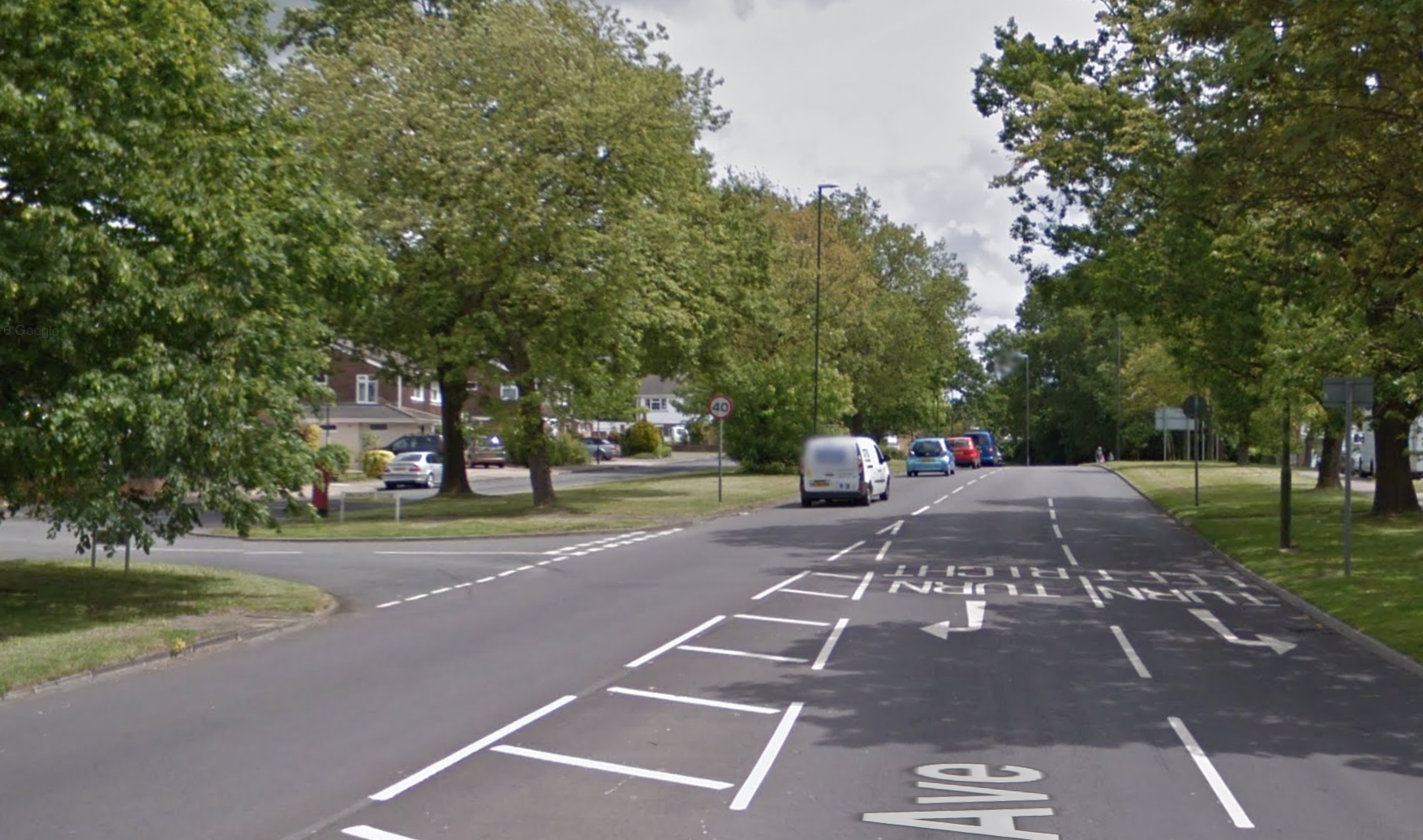
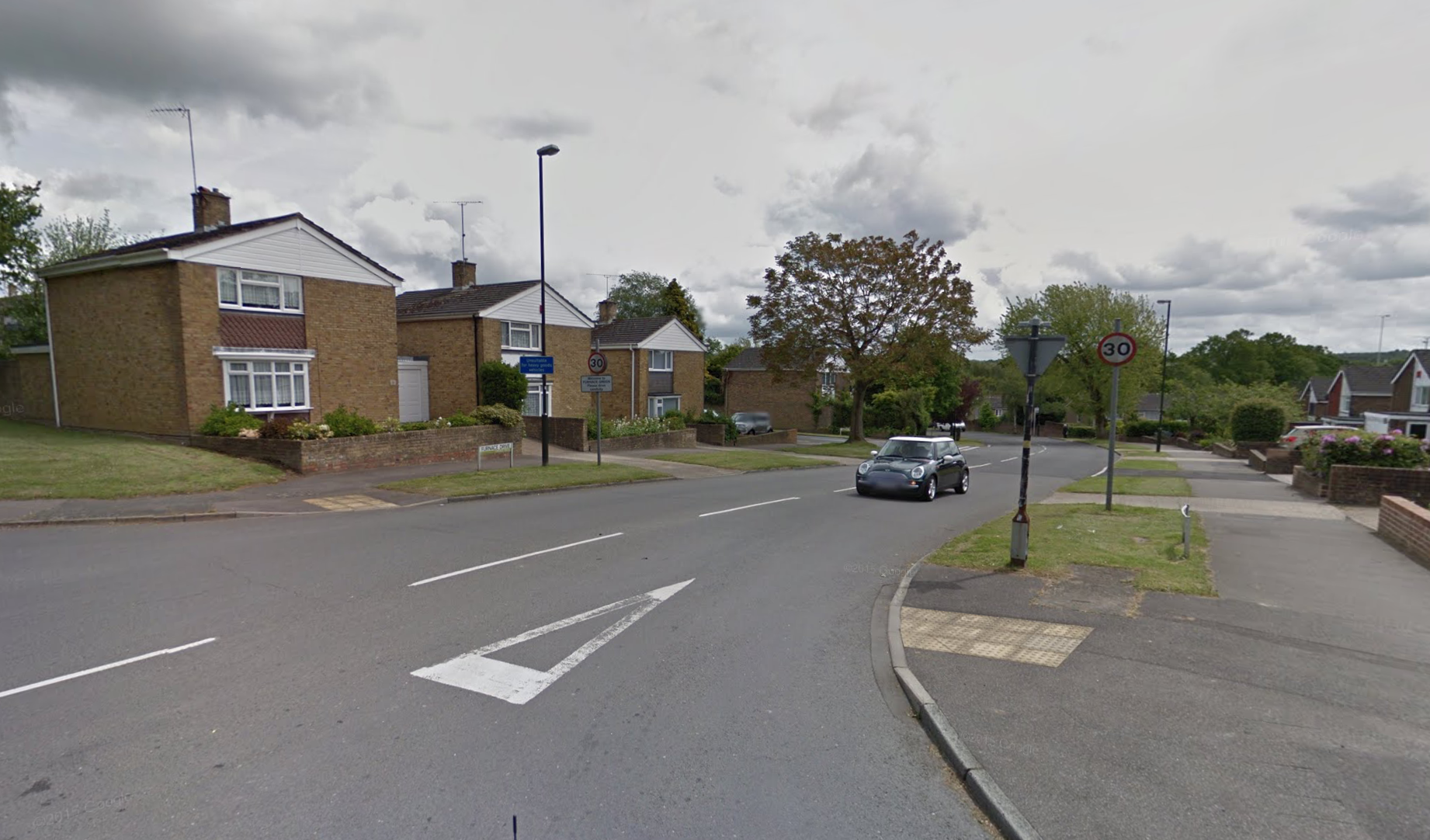
2. If you are in a 'built up area' with street lighting, such as a town, village, industrial estate, basically where there are more buildings, hence more pedestrians, hence more danger then the speed limit is 30mph unless signposted otherwise (as per highway code). So if you are in a town and it does not say the speed limit is 40, then the speed limit is NOT 40, it is 30, despite what many other may think or what other drivers are doing.
All the below pictures show 30 zones, many of which people believe are 40 as they roads are very long and straight.
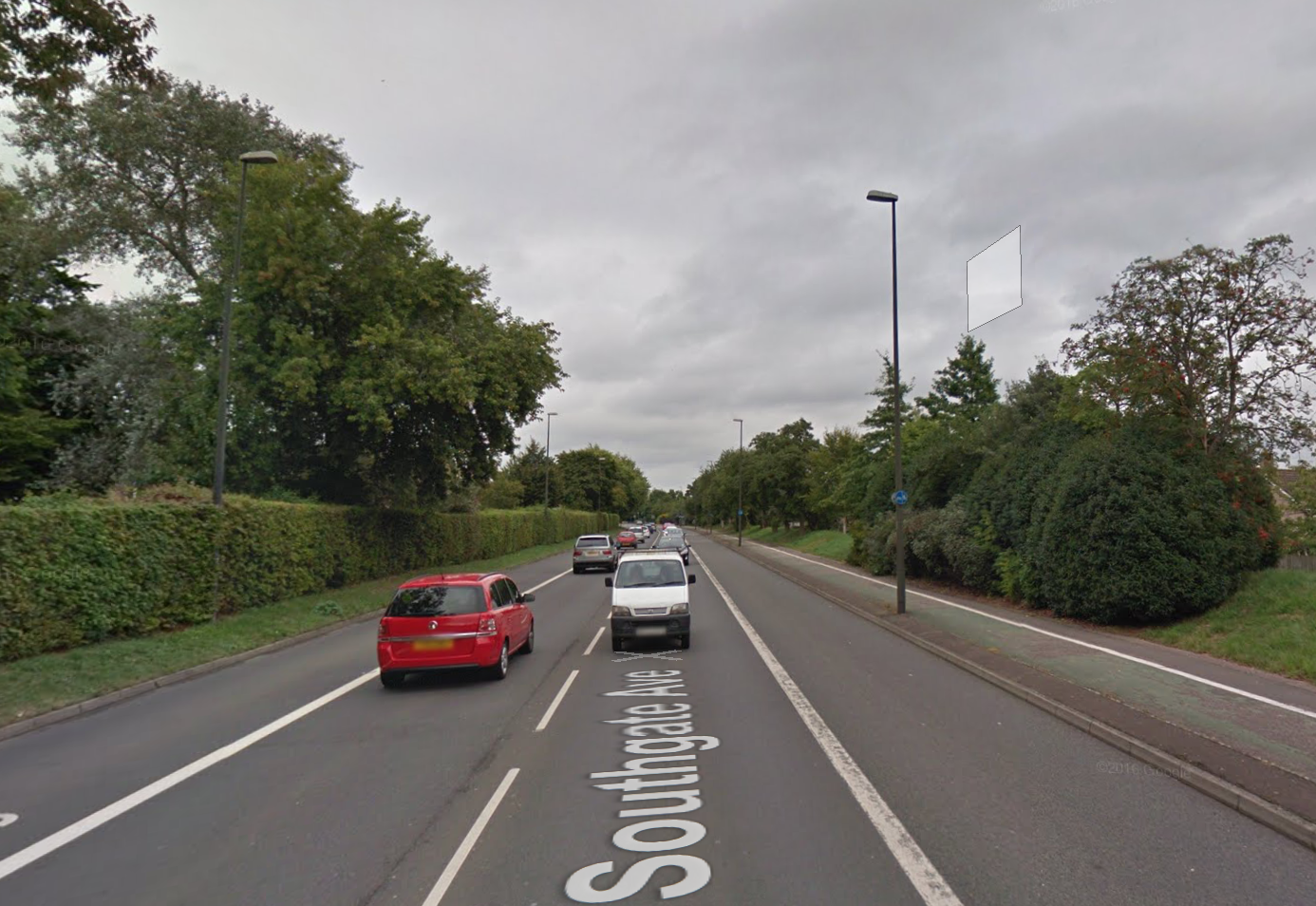

As we can see on both pictures there are street lights present and no signs saying otherwise, meaning they are both 30mph roads. Other clues worth noting are:
- Bus Lanes - These are typically only found on 30mph road, although can be found on higher speed limit roads but much rarer.
- Hazard Lines - The lines separating the two flows of traffic, these are 'long lines with short gaps', known as hazard lines.
- Footpaths near the road - On the first picture there is a footpath directly next to the road, hence pedestrian activity, hence potential risk.
- Cycle Lanes - On the first picture you should notice the footpath also has a cycle lane and there is a blue sign on the lamppost confirming this. As we know cyclists are classed as a vulnerable road user, so speed limits are lower to help keep them safe, perhaps they are going to drop down off the cycle track and into the road?
3. If there are schools or a busy parade of shops nearby then the speed limit will often drop to 20mph. Clues for this would be:
- Traffic Calming Measures - Such as speed bumps, roads narrowing with give way and priority signs.
- Reminder signs - As stated above if there are street lights it is 30mph unless stated otherwise, so in a 20 zone there should be regular 'reminder signs' advising the speed limit is 20mph, not the standard 30mph, these reminder signs are about the size of a dinner plate, so smaller than a change of speed limit sign.
- Lot of pedestrians around - High risk of pedestrians, especially children, walking out in front of you
- Many side roads and car parks - High risk of cars pull out in front of you
Below are examples of 20 zones:

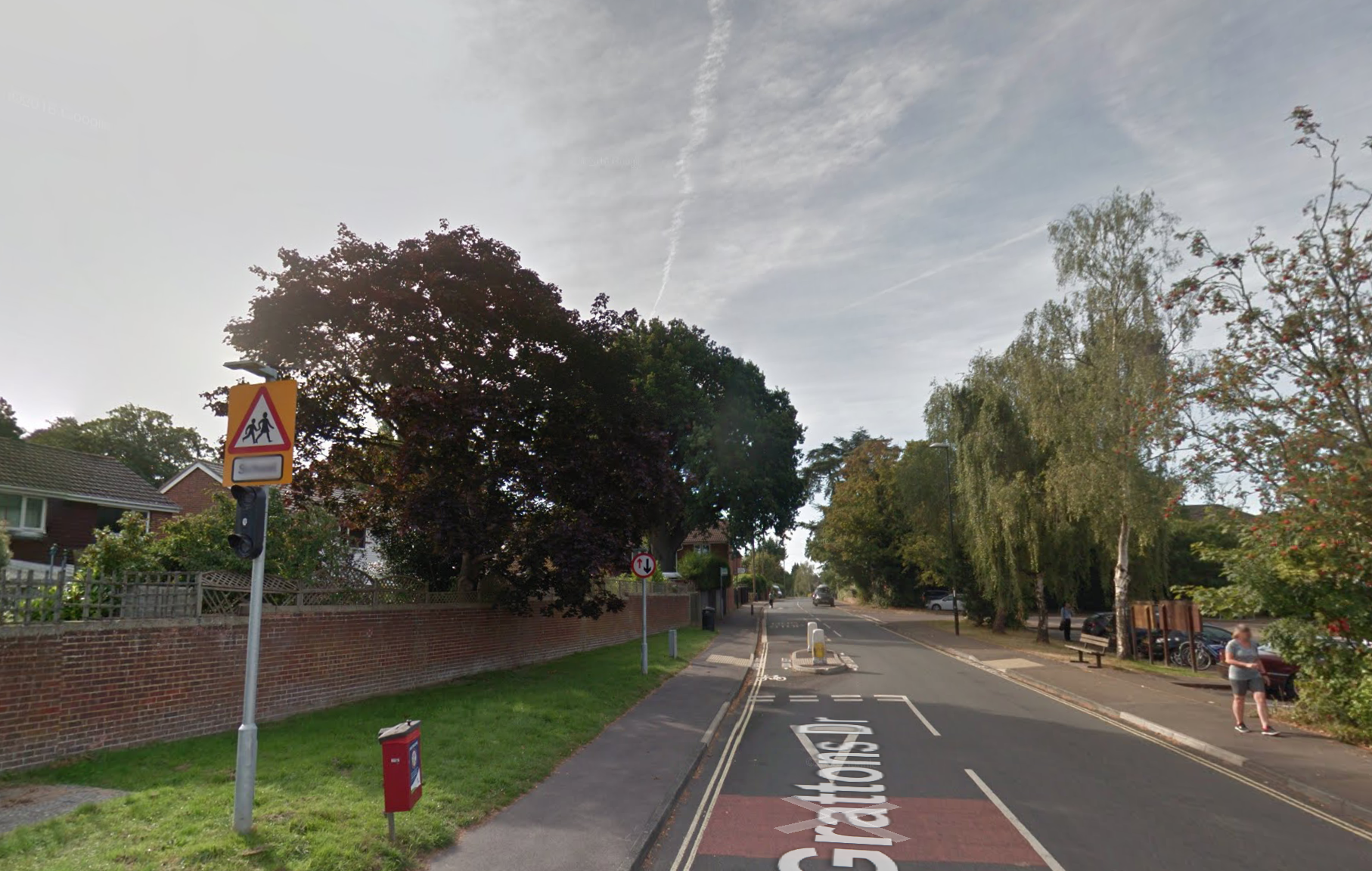
4. So what is a 40mph road?
40 zone typically have:
- Minimial pedestrain activity
- Minimial or no house/driveways facing the road (although gated off backgardens may be present)
- 40 reminders - Again as 30 is the standard for a street light area they should the reminders telling you it is 40, not 30.
- They are normally just on the outskirts of a town
Here are some examples:
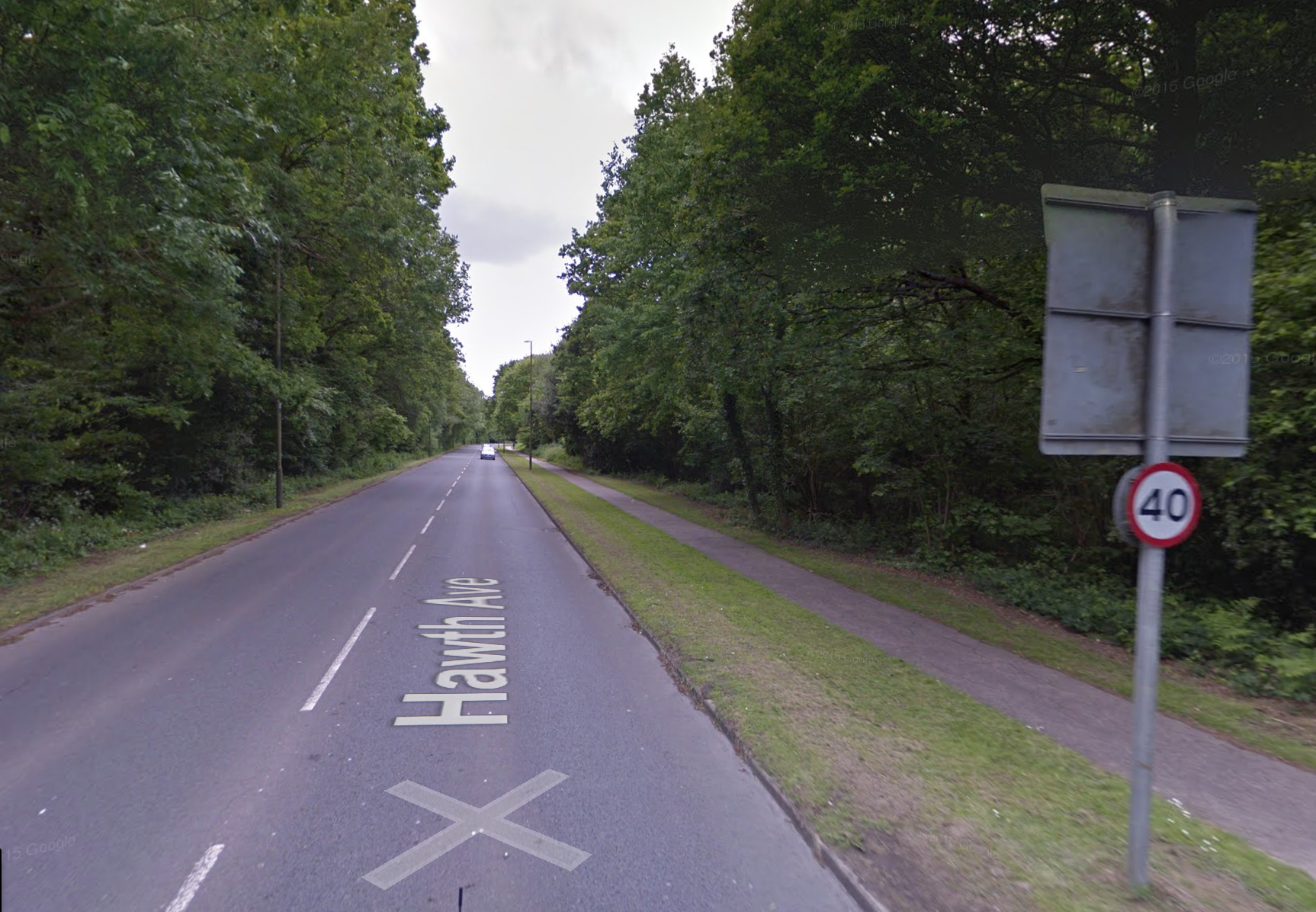
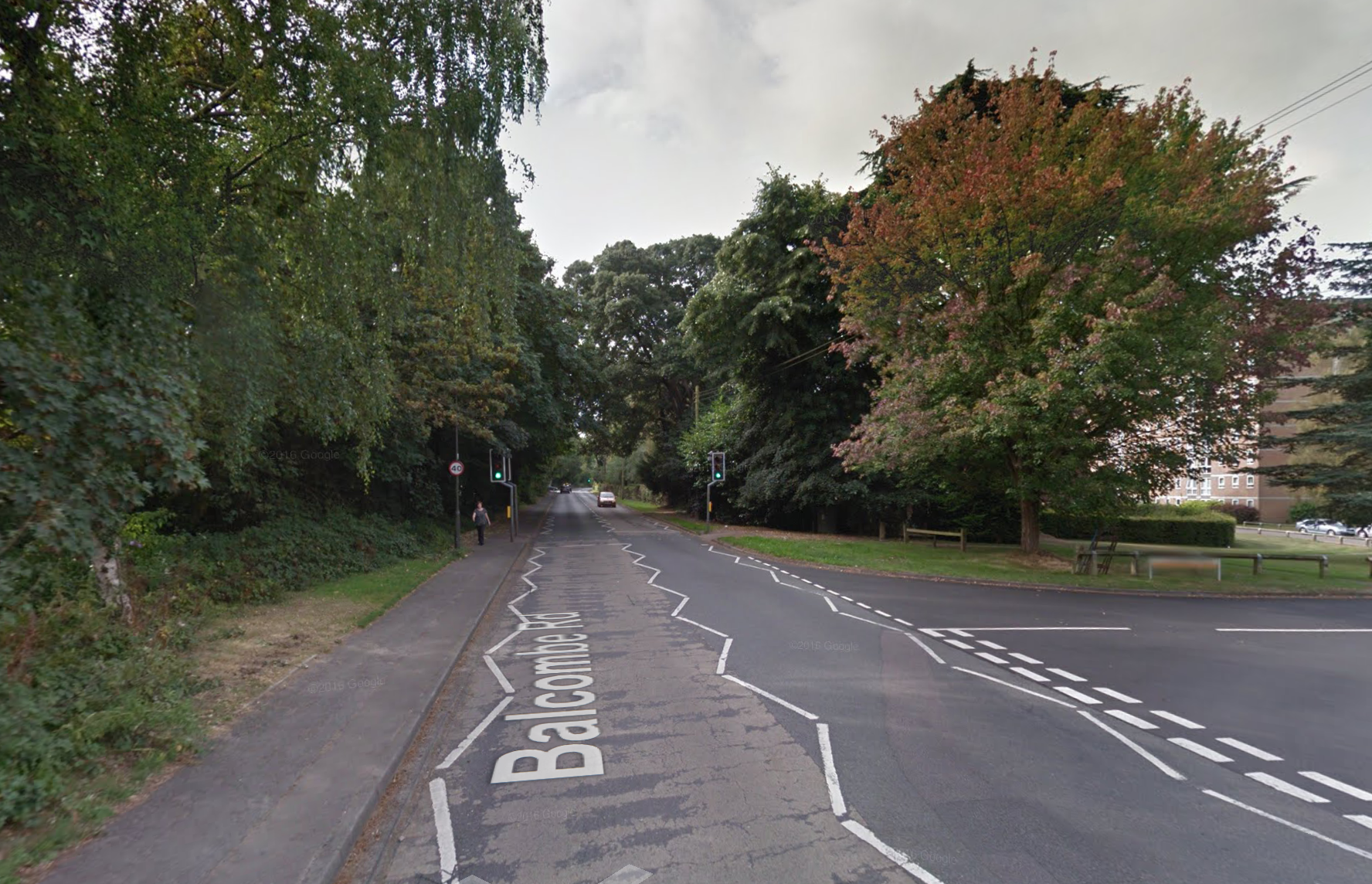
We can of course get 40 roads on rural/country roads, typically these are:
- Narrow
- Consistently tight/sharp bends with reduce visibility
- Farms and farm traffic present
- 40 reminders
 A 40mph rural road.
A 40mph rural road.
5. What about a 50mph road
Urban Dual Carriageways - These are dual carriageways which are located within a town, often dual carraigeways are national speed limit (70mph), but if they are within a town there is a higher risk of pedestrain activity and likely to be frequent traffic light, junctions and roundabouts, so the speed limit will be reduced to compromise.
 A 50mph urban dual carriageway
A 50mph urban dual carriageway
Clues for the speed limit would be:
- It is a dual carriageway (Any road with a central reservation, i.e. solid bit seperating you from the oncoming traffic), so unlikely to be 30mph, despite street lights present
- Frequent traffic lights, roundabouts and side roads.
- Footpaths, not directly next the road, normally a grass bank seperating it, and often footpaths infrequently used, hense less risk.
- 50mph reminder signs
Rural Roads - Often rural roads are national speed limit (60mph), but if there is higher risk they will reduce the speed limit to 50mph
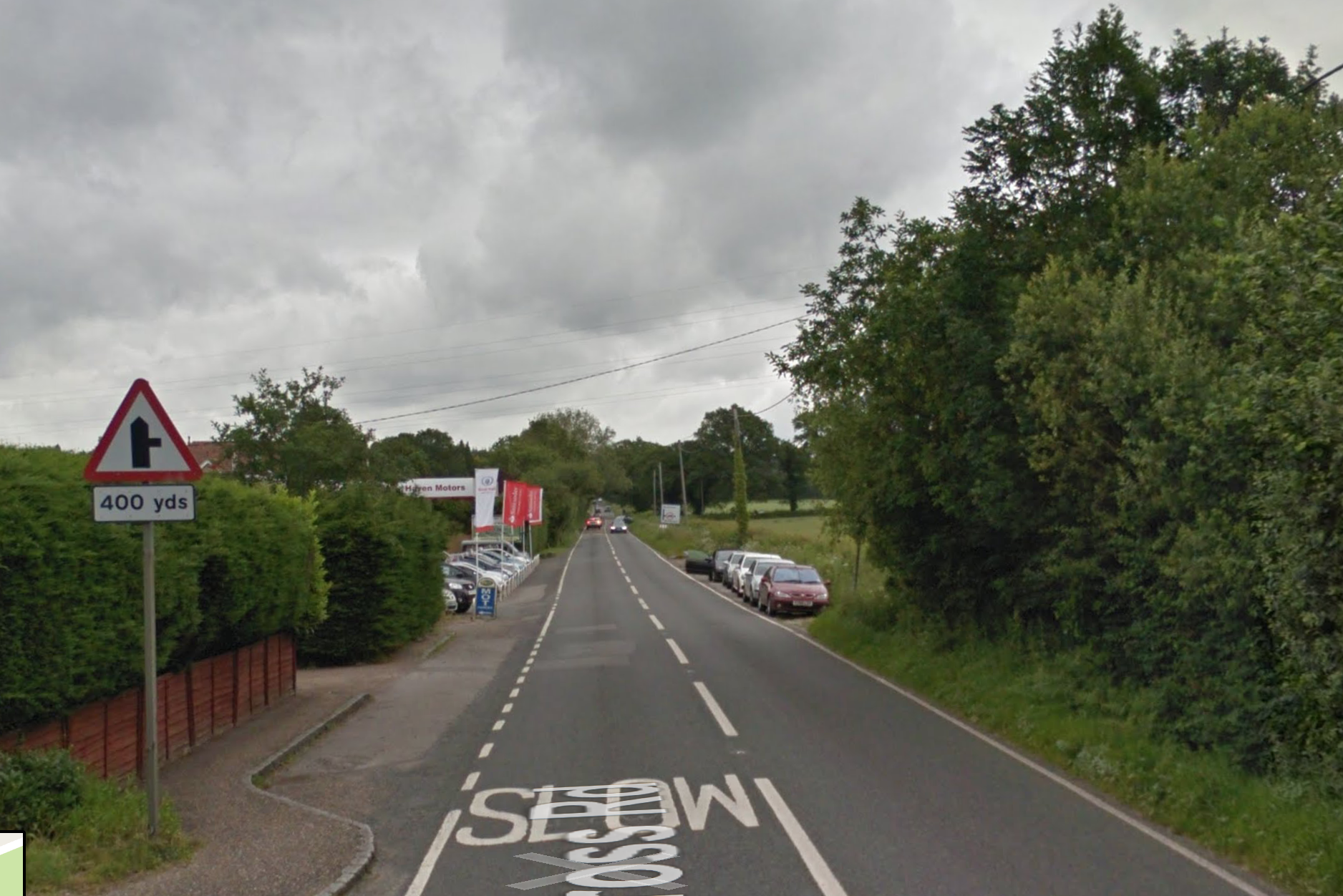 50mph Rural Road
50mph Rural Road
Clues for a 50mph rural road would be:
- Hazard lines (center line in a long white line with short gaps)
- High risk junctions (where there have been accidents in the past) - Normally indicated by warning signs, red/yellow road surface, "SLOW" written on the road.
- Buildings with high traffic frequency, such as the car show room shown (Perhaps someone has just bought a new car and not use to it so stall when pulling away or makes mistakes with gears?)
- Footpaths - Low pedestrian activity but still a small risk of it.
6. 60mph roads
These are typically rural roads, 60mph are also indicated by national speed limit signs
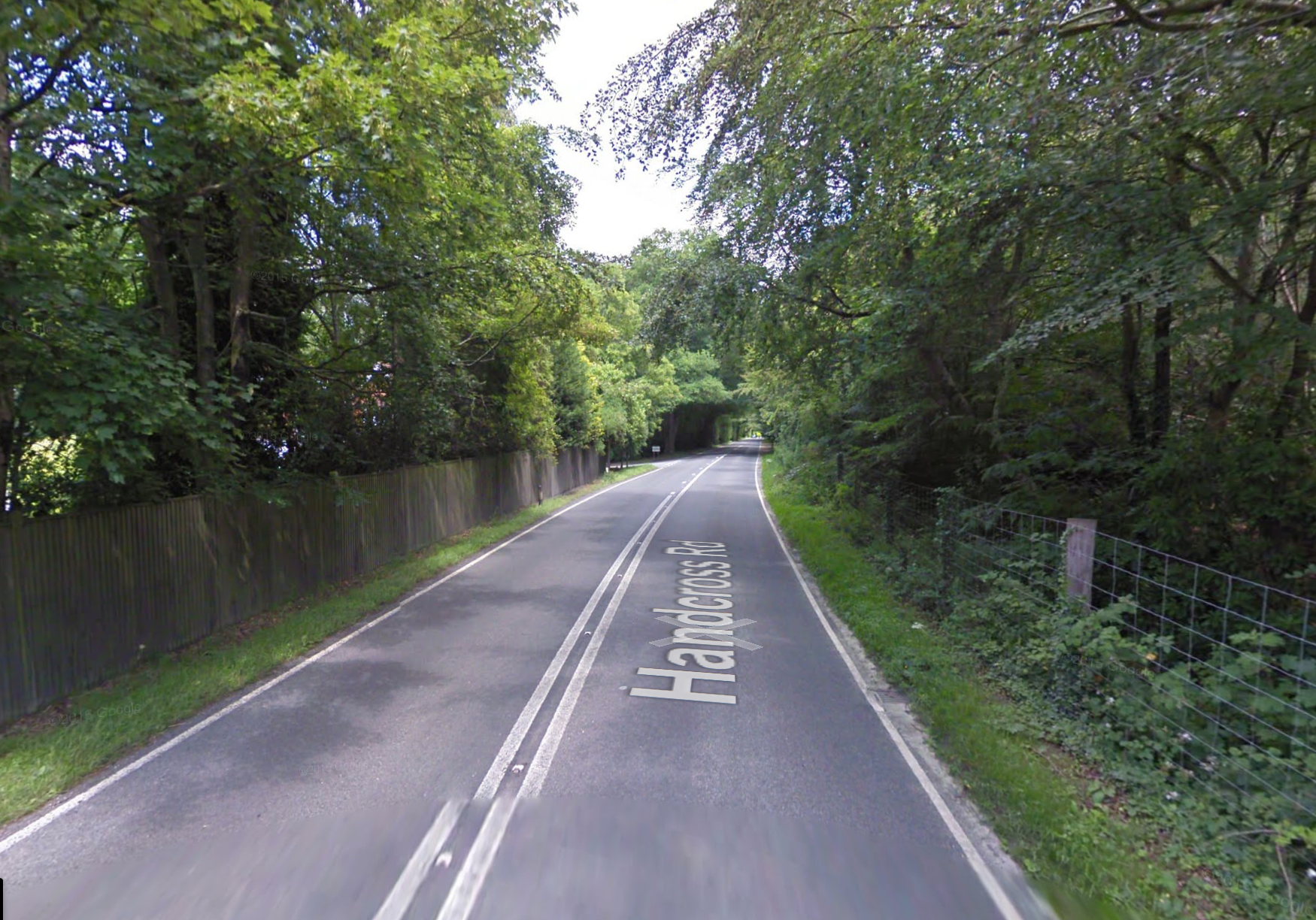 60mph (National Speed Limit) rural road
60mph (National Speed Limit) rural road
Clues for this speed limit:
- Fairly straight roads with just slight bends, although could have the odd shapr bend now and then, but not as frequent (as a 40mph or 50mph road)
- Virtually no houses or driveways, just bushes and grass either side as you drive along.
- Side roads and junctions infrequent
7. 70mph dual carriageways
You will only get a 70mph limit on a dual carriageway, never a single carriageway as the absolule maximium on a single carriageway is 60mph.


Clues for a 70mph (National Speed Limit) dual carriageway are:
- Wide lanes
- Very long straight, bends very rare, can often see in the distance for quite a few miles.
- Very minimal side roads, if any at all.
- Bushes or grass on both sides, so very low risk.
